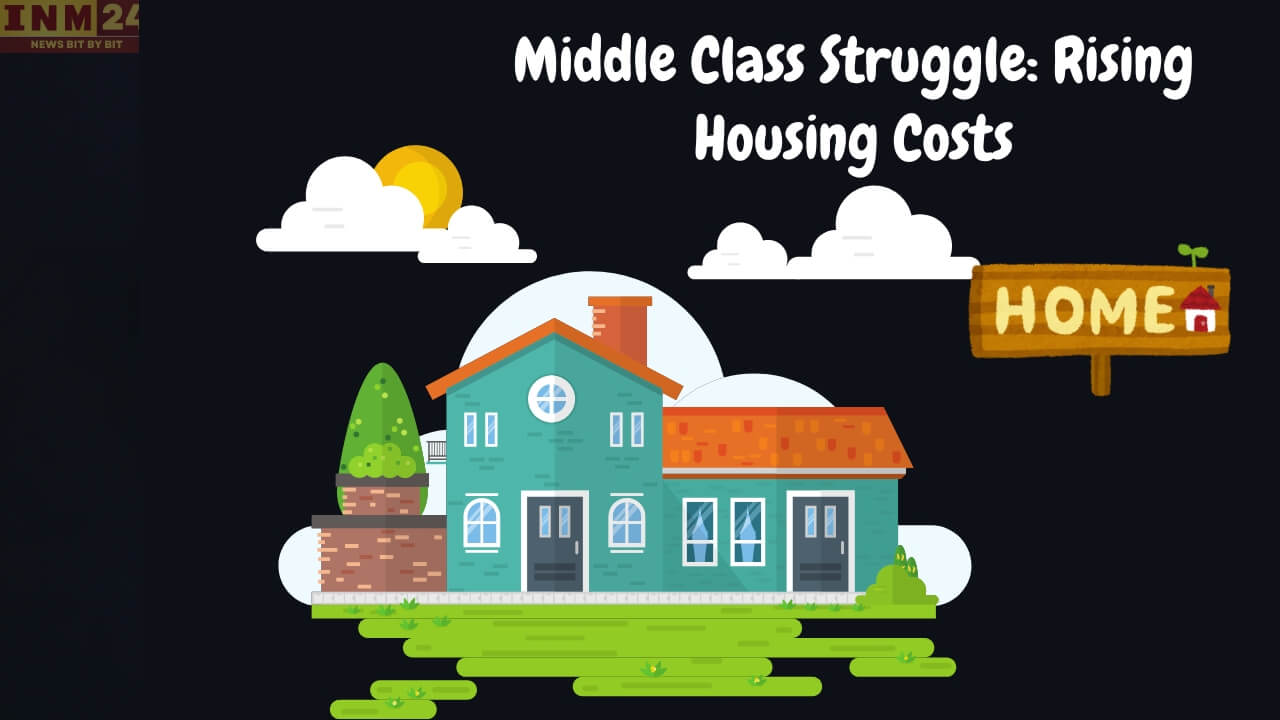Introduction:
The dream of homeownership, once synonymous with achieving middle-class status, is slipping further out of reach for many Americans. In the first quarter of this year, the share of affordable housing reached an all-time low, raising concerns about housing affordability and access for the middle class.
Factors Driving the Affordability Crisis:
- Supply and Demand Imbalance: The housing market is plagued by a significant gap between supply and demand. While demand for housing remains high, especially in urban areas, the construction of affordable homes has not kept pace. This shortage has led to increased competition among buyers and inflated prices.
- Stagnant Wages and Rising Living Costs: Despite rising housing prices, wages for middle-class workers have remained stagnant. Coupled with increasing living costs, such as healthcare and education, many families find it challenging to save for a down payment or afford mortgage payments.
- Impact of the COVID-19 Pandemic: The economic fallout from the COVID-19 pandemic has worsened the affordable housing crisis. Job losses, wage cuts, and economic uncertainty have disproportionately affected low- and moderate-income households, making it even harder for them to afford homeownership.
Consequences of the Affordable Housing Shortage:
- Socioeconomic Segregation: The lack of affordable housing contributes to socioeconomic segregation, with low- and moderate-income families being pushed to the outskirts of cities or into substandard housing.
- Wealth Inequality: Limited access to affordable housing exacerbates wealth inequality, as homeownership remains a primary driver of wealth accumulation for middle-class families.
- Strain on Social Services and Infrastructure: Communities grappling with a shortage of affordable housing face increased pressure on social services and infrastructure, including schools, transportation, and healthcare.
Addressing the Crisis:
- Government Intervention: Policymakers must implement measures to increase the supply of affordable housing, such as incentivizing developers to build affordable units, reforming zoning laws, and investing in affordable housing programs.
- Private Sector Collaboration: Collaboration between the public and private sectors is crucial for creating innovative solutions to the affordability crisis, including public-private partnerships and initiatives that promote mixed-income housing developments.
- Community Engagement: Engaging with communities affected by the affordability crisis is essential for understanding local needs and priorities. Community input can inform the development of targeted strategies to increase access to affordable housing.
The decline in the share of affordable housing poses significant challenges for the middle class and threatens the foundational principle of homeownership as a pathway to financial stability. Addressing the affordability crisis requires concerted efforts from policymakers, stakeholders, and communities to ensure that homeownership remains attainable for all Americans. By implementing proactive measures to increase affordable housing stock and promote economic stability, we can work towards a more equitable and inclusive housing market.
